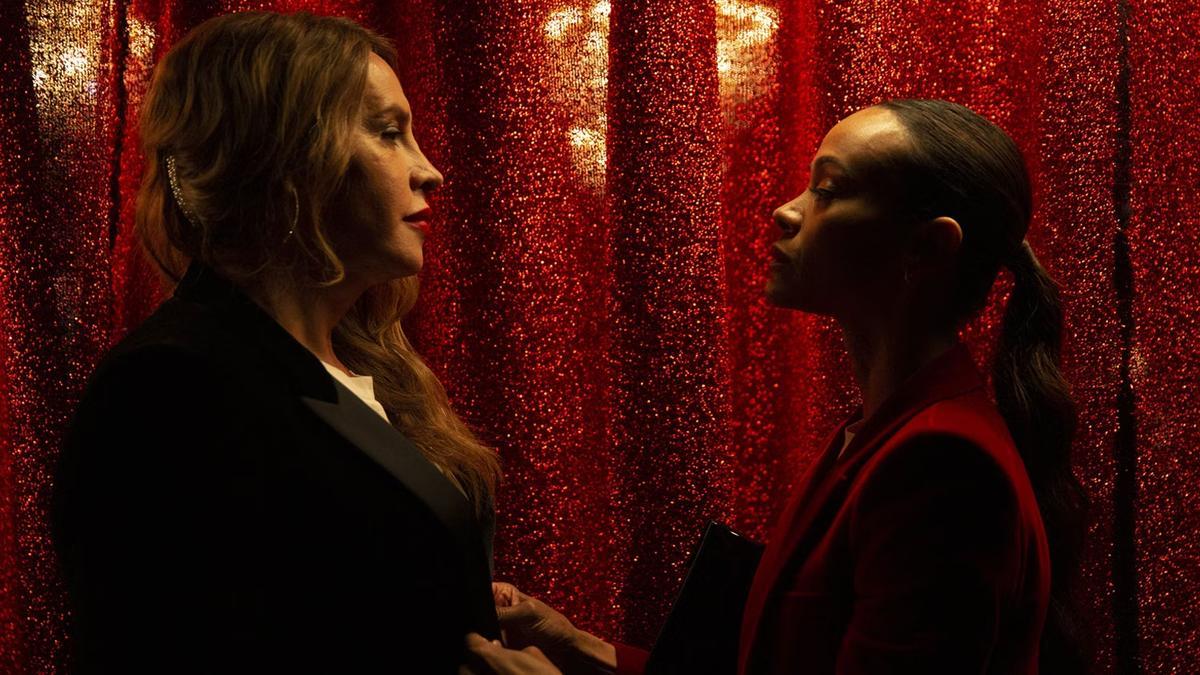
Eight years ago, Viren Joshi, president of the Service Association for the Blind in Gujarat, initiated a collaboration with the Ahmedabad-based architecture firm Sealab. Joshi’s request was for the firm to visit the School for the Blind and Visually Impaired Children in Gandhinagar and enhance the living and educational facilities for its students.
| Photo Credit: Dhrupad Shukla
At the time, the institution primarily served children from Gujarat’s rural localities, operating from a congested two-story structure that combined living quarters on the ground level with classrooms above. With the growing number of students, the need to expand and revamp became critical. In 2017, Sealab, led by Principal Architect Anand Sonecha, embarked on creating a new academic edifice that could hold up to 100 learners, converting the existing building exclusively into a hostel.
| Photo Credit: Dhrupad Shukla
The outcome was an academic environment attuned to the senses beyond sight. Ten classrooms featuring five distinct designs were constructed around a central courtyard within the newly developed building to the west of the original. Each room bore unique characteristics for specific applications like music, meetings, and workshops, with distinctive spatial forms, acoustics, and lighting to accommodate their functions.
Sonecha elaborated on the design considerations for the low-vision students, who make use of contrasting light and shadow or variation in colors and surfaces for spatial identification. Strategic openings and skylights were conceived to accentuate these contrasts, downplaying direct sunlight with filtered luminescence from enclosed courtyards and overhead light sources.
| Photo Credit: Anand Sonecha
Furthermore, Sealab harnessed the student’s auditory faculties, crafting a deceptive soundscape where voices and footfalls echo uniquely within spaces of fluctuating dimensions. For example, the expansive corridor entrance gradually contracts, altering its acoustics and assisting the children in orientating themselves audibly.
Sealab’s integration with landscape architect Lokendra Balasaria fortified the sensory journey, planting a diverse array of flora and implementing traditional rainwater harvesting methods. These tactile gardens, coursing alongside classrooms, wield aromatic vegetation to aid navigation, while stark textures on walls and floors further guide the touch-centric exploration of the school.
| Photo Credit: Dhrupad Shukla
Two contrasting wall plaster textures delineate the orientation within the corridors, and each area is distinguishable by its tactile and olfactory qualities. Sonecha, who is concurrently engaged in developing a community center for Valuna village farmers, reiterates the design’s nuanced ability to assist students in wayfinding through texture variations – a feature demonstrated throughout the school’s infrastructure.
Conveying these intricate design elements to the visually impaired users presented a unique challenge. Traditional representational methods proved inadequate, prompting Sealab to deploy 3D printing to forge tactile diagrams and sturdy models, complemented by Braille notations, to render an intelligible spatial experience.
| Photo Credit: Dhrupad Shukla
Prototypes were rigorously tested before construction, involving trustees, professors, and students to ensure efficacy. Sonecha acknowledged the ongoing refinement post-occupancy, such as altering the link between the hostel and the academic building for optimized navigation, and ameliorating auditory privacy between classrooms.
| Photo Credit: Aakash Dave
The ardor with which the architectural and educational communities have embraced the project is evidenced by the numerous studies and inquiries it has incited. Sonecha hopes to widen its recognition and share the innovations with a broader audience, thereby implementing the inclusive ethos that this project epitomizes.
| Photo Credit: Bhagat Odedara
Sonecha candidly reflects on this project’s distinction, noting the exceptional reliance on non-visual sensory design, an approach that has since influenced his broader architectural mindset. Advocating for inclusive design in all urban and public spaces remains a central lesson gleaned from this landmark initiative, aimed at fostering equitable environments for all.










